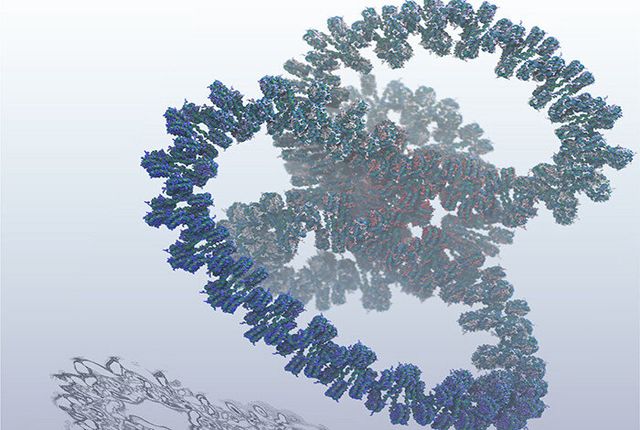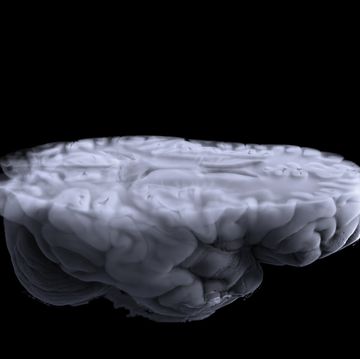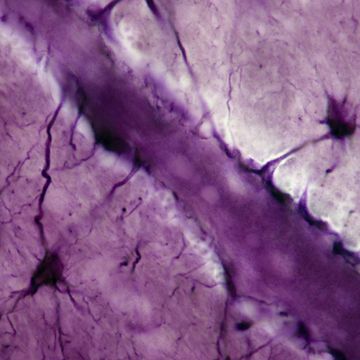A group of scientists have created the world’s first computer simulation of an entire gene. Their simulation features over a billion atoms and could help revolutionize our understanding of how genes operate.
At the fundamental level, genes control everything about us. Your genes are the blueprint behind your entire life. They control what you look like, but they also control every minute detail of your body’s functions. Everything from digesting food to replicating cells is dictated by your genes; specifically, whether and how they are activated.
Given just how important genes are, it’s somewhat surprising that we have very little direct imagery of them functioning. The problem is that genes are so small and work so quickly that taking any photos or videos of them is nearly impossible. That’s why a group of researchers at Los Alamos National Laboratory turned to a computer simulation as the next best thing.
Using the Trinity supercomputer at Los Alamos, the researchers created a simulation of a single nanosecond of a gene. If one nanosecond sounds short to you—that’s about a billionth of a second—remember that the simulation contains over a billion atoms. For the researchers to simulate this gene, they have to not only simulate those individual atoms but also the electrical and chemical interactions between each pair of them. That’s an enormous amount of calculation.
But the end result can help scientists better understand our genes and what happens when those genes are turned on and off. By default, most genes are turned off; when they’re off the genes are stored in tightly-wound ‘spools’ around molecular cores called histones. These histones keep the DNA packed together and prevent genes from getting worn down or degraded.
But DNA can’t function wrapped around histones, so when a gene is needed it unwraps from the histone to be transcribed. After transcription, it wraps around the histone again. Scientists still don’t really understand this wrapping and unwrapping mechanism—hopefully this simulation will help unravel the mystery.
With this simulation, scientists can begin to understand the mechanisms that cause genes to turn on and off, which can help us learn more about fetal development and disease. In the future, the Los Alamos scientists hope to take advantage of the first exascale supercomputer—due to be completed in 2021—to simulate an entire genome with thousands of genes.
Source: Phys.org














